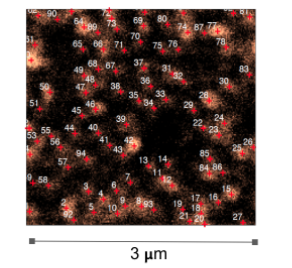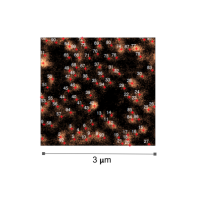News
Transform-limited photons from a tin-vacancy spin in diamond
One of the goals of the CUA is to develop quantum networks: systems of stationary quantum memories connected by photons. Solid-state quantum emitters that combine coherent optical transitions, long-lived spin states, and the potential for scalability are critical components of future quantum information systems. Many emitters are candidates, with some desirable properties, but all have drawbacks: semiconductor quantum dots with excellent optical coherence, but short spin lifetimes; nitrogen-vacancy centers in diamond with long lifetimes but poor optical properties; silicon-vacancy centers with long lifetimes and good optical coherence but only at dilution-refrigerator temperatures. The tin-vacancy (SnV) center in diamond has the potential to meet all of these criteria simultaneously. In this breakthrough, a team of researchers from MIT (Englund group) and U. Cambridge team (Prof Atature group) made significant advances in SnV systems for quantum repeaters. They: determined the electronic structure of the SnV; demonstrated radiative lifetime-limited SnV optical transitions in nanostructures; demonstration of spin-selectivity in SnV optical transitions and optical spin polarization and lifetime measurement of SnVs at 4 K; and they showed a spin lifetime significantly greater than that of similar diamond emitters in these conditions.

Caption: Coherent optical emitters in diamond: the tin-vacancy center.
